I believe most of us think it’s time to become a baker in the house. But, do you know which type of flour is suitable for your cakes? What are the differences between all purpose flour or whole wheat flour? If this is your first time baking, you will learn that you need at least few different types of flour in your pantry!
Let’s learn together what differentiates types of flour and uses of each variety of flour!
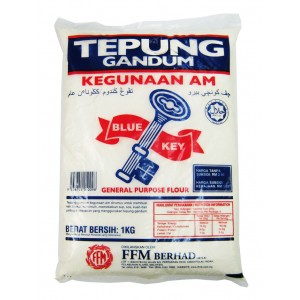 All-Purpose Flour (Plain flour)
All-Purpose Flour (Plain flour)
The most common flour is called all-purpose flour. All-purpose flour has 10% to 12% protein content. If a recipe calls for “flour”, it is most likely that it is referring to all purpose flour. Unbleached all-purpose flour can generally be substituted for bread flour with good results.
Best used for: Biscuits, Chewy Breads, Pancakes, Pizza dough, Muffins

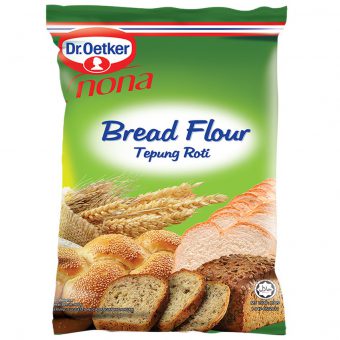 Bread Flour
Bread Flour
Bread flour is made entirely from hard wheat. It has 12% – 14% protein content. That is why bread flour is the strongest of all flours, providing most of the structural support. Bread flour can be found in white or whole wheat, bleached or unbleached
Best used for: Yeast breads, Bagels, Pretzels, Artisan breads
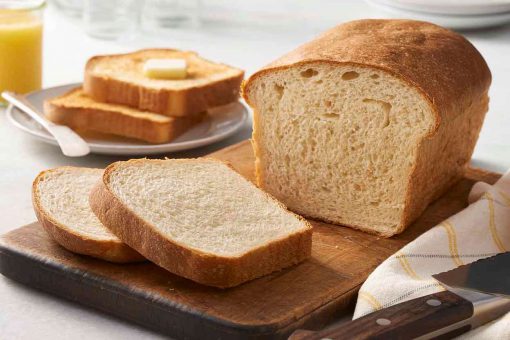
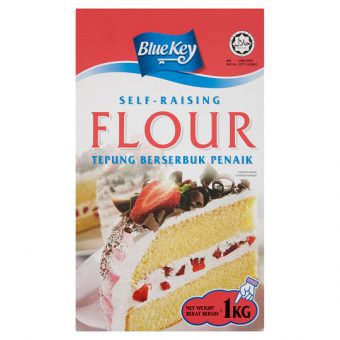 Cake Flour (self-raising flour)
Cake Flour (self-raising flour)
Cake flour is the best flour to make soft baked goods and it has the lowest protein of all flours at 5% – 8%. Therefore, cake flour’s starch has greater capacity to absorb more liquid and sugar than other flour.
Best used for: All types of cake(of course!), Muffins, Soft biscuits, Scones

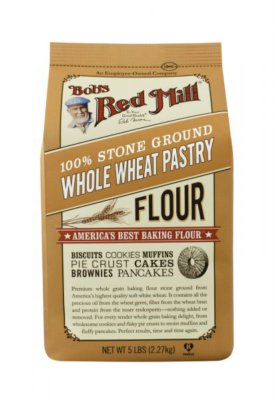 Pastry Flour
Pastry Flour
Pastry flour is softer than all-purpose flour and harder than cake flour. It has 8% – 9% protein content which makes it finer than all-purpose flour. It strikes the perfect balance between flakiness and tenderness such as tarts and cookies.
Best used for: pie dough, muffin, pie crusts, tarts,bread sticks

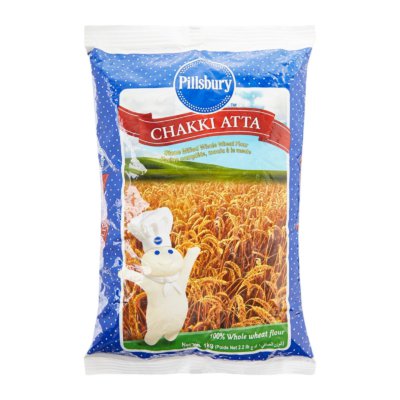 Whole Wheat Flour
Whole Wheat Flour
Whole wheat flour has all 3 portions – the endosperm, the germ and the bran. it’s higher than white flour in nutrients and dietary fiber. It has a high protein content 13% – 14% but its gluten forming ability is compromised by the bran and germ. It tends to produce heavier and denser baked goods.
Best Used For: Cookies, bread, pancakes, pizza dough, and pasta
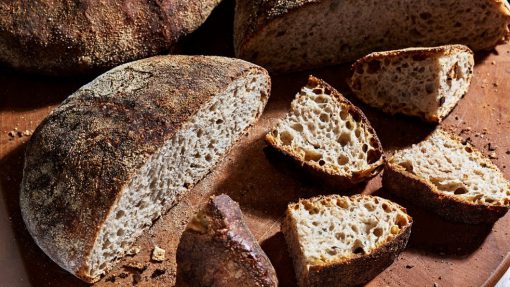
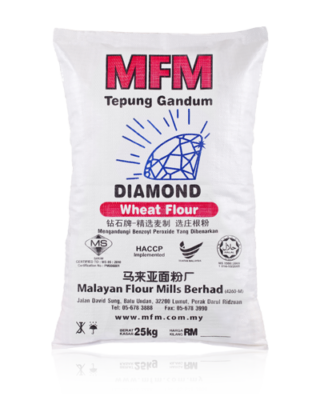 White Whole Wheat Flour
White Whole Wheat Flour
It is similar to whole wheat flour but it tastes slightly sweeter because of its lower tannin content than whole wheat flour. Both of these flours have the same health benefits. If you prefer the taste and texture of white bread but want the natural nutritional benefits of whole wheat, white whole-wheat flour is your go-to flour.
Best Used For: Bread, muffins, and cookies
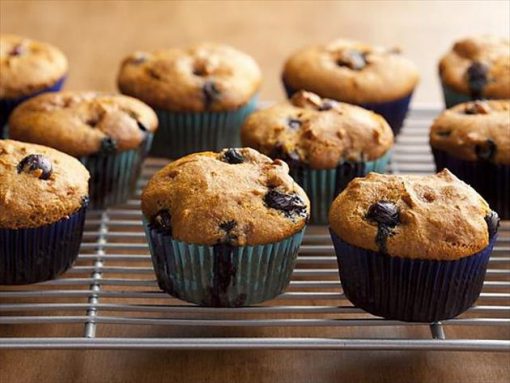
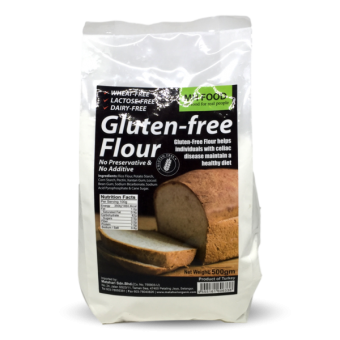 Gluten-free flour
Gluten-free flour
There is a wide variety of gluten-free flours available nowadays, Gluten-free flour can be made from all sorts of grains, nuts and starches, quinoa, buckwheat. It can be treated as one of the healthy flours choice,
Best Used For: Cakes, cookies, pancakes, bread, and muffins

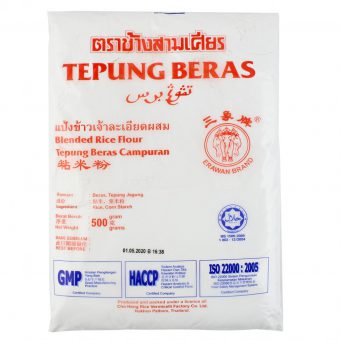 Rice flour (Rice powder)
Rice flour (Rice powder)
Rice flour is a form of flour made from finely milled rice. Rice flour may be made from either white rice or brown rice. It is distinct from rice starch,. Rice flour is a common substitute for wheat flour.
Best used for: Rice cakes, macaroons and some types of buns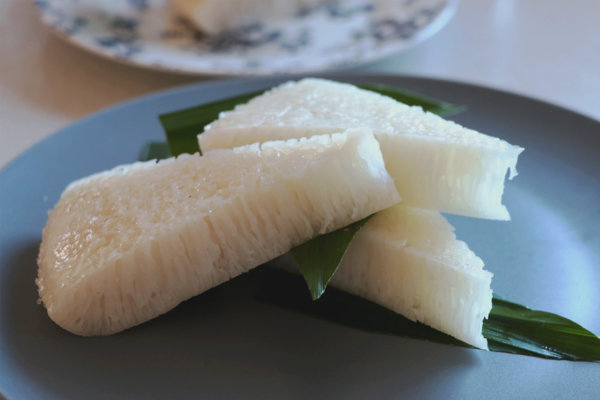
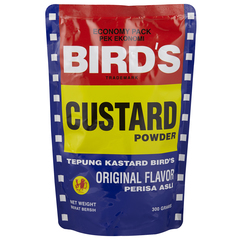 Custard powder
Custard powder
Custard powder is primarily made up of thickeners that give the pudding its texture. The powder also contains flavorings – vanilla, the one you are most likely to find in a “standard” custard powder – and a hint of yellow coloring.
Best used for: Custard and pudding
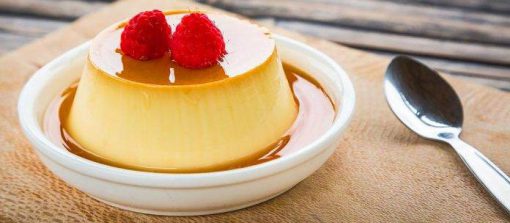
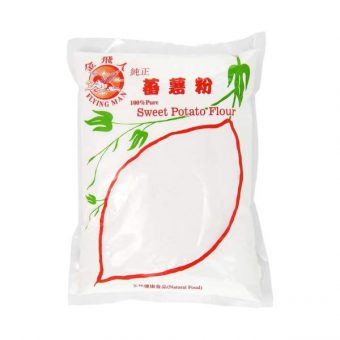 Sweet potato starch
Sweet potato starch
Sweet potato starch is a very popular starch used in Hakka Dessert . Like tapioca starch, sweet potato starch can also help to create a lovely chewy texture when cooked with water. It is usually used in making Asian noodles, sweeteners, which provides health benefits similar to that of fiber.
Best used for: Taro Ball, Sichuan style hot & sour Noodles, sweet potato ball
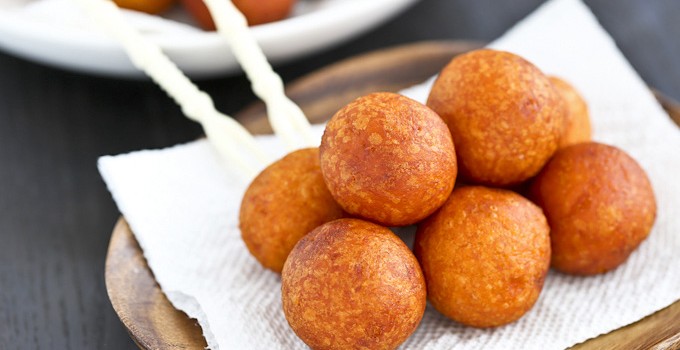
Let’s share this out and make a mess in your kitchen together with your friends and family!


